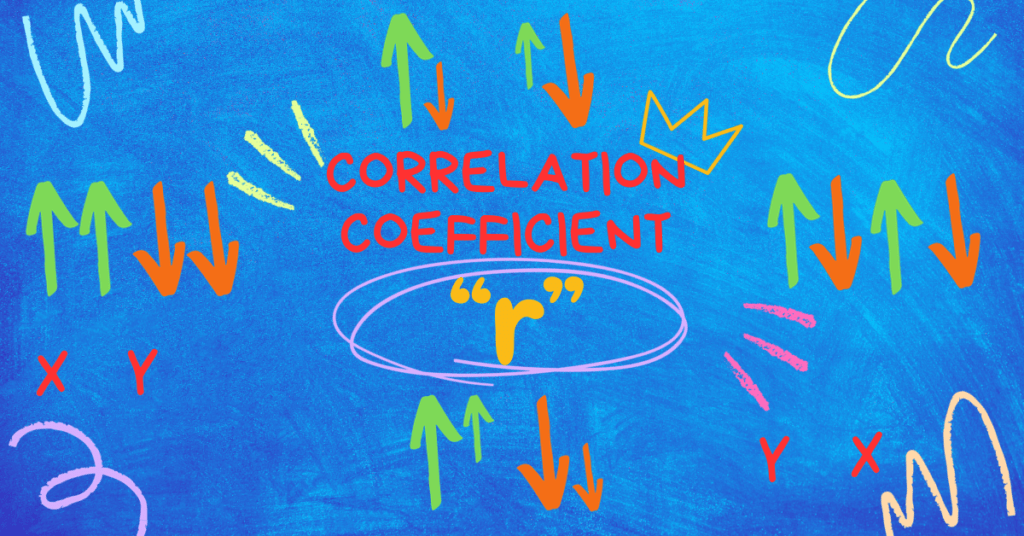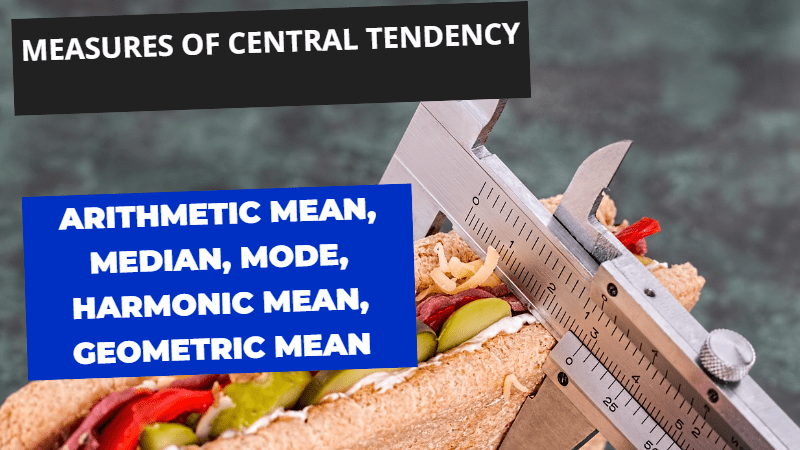In this blog post, I am going to discuss the paper of Business Statistics Solved Paper FBISE 2021 Annual ICOM II, MCQS, Short Questions, Extensive Questions, topics included are Introduction to Statistics, Averages, Index Numbers, Probability. Solved paper of Business Statistics Paper 2012 & solved paper of Business Statistics 2013, Business Statistics 2015, Business Statistics 2016, Business Statistics 2016 Supplementary, Business Statistics 2017, Business Statistics 2017 2nd Annual, Business Statistics 2018, Business Statistics 2018 2nd Annual are already published on the website. Stay Connected for other boards solutions such as BISELHR, BISERWP etc.
Solved by Iftikhar Ali, M.Sc Economics, M.Com Finance Lecture Statistics, Finance & Accounting
Table of Contents
Business Statistics Solved Paper FBISE 2021 Annual ICOM II, MCQS, Short Questions, Extensive Questions
MCQS
Q 1: Fill the relevant bubble against each question.
| 1 | Different flavours of ice cream is a type of: | ||
| A) | Qualitative Variable | B) | Continuous Variable |
| C) | Quantitative Variable | D) | Discrete Variable |
| 2 | A variable that assumes any value within a range is called: | ||
| A) | Independent data | B) | Continuous variable |
| C) | Dependent variable | D) | Discrete variable |
| 3 | Printed data are always: | ||
| A) | Confidential data | B) | Primary data |
| C) | Fictitious data | D) | Secondary data |
| 4 | Graph of frequency distributions is known as: | ||
| A) | Pie Chart | B) | Ogive |
| C) | Histogram | D) | Historigram |
| 5 | The total of relative frequencies is always equal to: | ||
| A) | -1 | B) | 0.5 |
| C) | 100 | D) | 1 |
| 6 | In symmetrical distribution mean, median and mode are always; | ||
| A) | Negative | B) | Equal |
| C) | Different | D) | Zero |
| 7 | Mean of 200 times of 2 is: | ||
| A) | 200 | B) | 100 |
| C) | 2 | D) | 0.01 |
| 8 | If Y = -75 -25X and X̅=3 then Y̅ =? | ||
| A) | -150 | B) | 0 |
| C) | 150 | D) | 25 |
| 9 | Fisher’s Index number is called: | ||
| A) | Bogus index number | B) | Normal index number |
| C) | Ideal index number | D) | CPI |
| 10 | Index for base period is: | ||
| A) | 1 | B) | 100 |
| C) | Fix | D) | More than 100 |
SECTION-B (Marks 24)
Short Questions
Q.2: Attempt any eight parts. The answer to each part should not exceed 3 to 4 line. (8 x 3=24)
(i) Define population and sample.
Answer:
Population
Whole group under discussion is called population for example the whole strength of college student
or whole population of a certain district etc.
Sample
Selective part of population is called sample for example 30 students out of 100 students or 300 persons out of district population etc.
(ii) Name any three sources of primary data.
Answer
- Direct Personal Investigation
- Indirect Investigation
- Local Source
- Questionnaire Method
- Registration
- Questionnaire by Post
- Through Enumerators
- Through Telephone
(iii) Describe the importance of statistics in science.
Answer: Statistics is the backbone of scientific inquiry. It helps to analyze data, make conclusions and test hypothesis in every field of science. It helps to conclude reliable findings and increase or enhance knowledge.
(iv) List three reasons for organizing data into a frequency distribution.
Answer:
- Summarization
- Pattern Recognition
- Comparison
(v) Arithmetic mean of 20 values is 25. By adding 4 more values the mean becomes 30. Find the four values if the ratio between these values is 1:2:3:4
Solution
![]()
![]()
![]()
![]()
![]()
![]()
Sum of four added values = 720 – 500 = 220
Ratio of four values = 1:2:3:4
Sum of ratios = 1+2+3+4=10
![]()
![]()
![]()
![]()
(vi) Given X = 100 + 2u, ∑u=40, n = 20, find mean.
Solution
![]()
![]()
(vii) Given l = 196, f = 22, h = 11, n = 80 and c = 32. Find median.
Solution
![]()
![]()
![]()
(viii) The logarithms of 3 values of x are 1.7076, 1.6812 and 1.6532. Find the mean of X values.
Solution
| Log Values of X | X = Antilog of Log X |
| 1.7076 | 51 |
| 1.6812 | 48 |
| 1.6532 | 45 |
| ∑X= 144 |
![]()
(ix) Given po = 5, 4, 3 and qo = 70, 75, 80. Find ∑W.
Solution
| po | qo | W=poqo |
| 5 | 70 | 350 |
| 4 | 75 | 300 |
| 3 | 80 | 240 |
| ∑W= 890 |
(x) Distinguish between simple and composite index numbers.
Answer:
In simple index number price or quantity of a single product is taken whereas in composite index, the price or quantity is taken related to multiple products. Simple Index can be calculated through fixed base and chain base method whereas composite index further has two types namely weighted and unweighted index.
(xi) If X1 = 4 and X2 = 9, find mean, median and mode.
| X |
| 4 |
| 9 |
| ∑X=13 |
![]()
![]()
Mode = There is no mode in the data
Section C (Marks 16)
Note: Attempt any two questions. All questions carry equal marks. (2×8=16)
Extensive Questions
Q.3: The weights of 40 students at a college are given in the following frequency table…………….Calculate Median and Mode.
Q.3: The weights of 40 students at a college are given in the following frequency table:
| Weights | 118—126 | 127—135 | 136—144 | 145—153 | 154—162 | 163—171 | 172—180 |
| Frequency | 3 | 5 | 9 | 12 | 5 | 4 | 2 |
Calculate Median and Mode
Solution
| Marks | f | Class Boundaries | X | c.f |
| 118–126 | 3 | 117.5—126.5 | 122 | 3 |
| 127–135 | 5 | 126.5—135.5 | 131 | 8 |
| 136–144 | 9 | 135.5—144.5 | 140 | 17 |
| 145–153 | 12 | 144.5—153.5 | 149 | 29 |
| 154–162 | 5 | 153.5—162.5 | 158 | 34 |
| 163–171 | 4 | 162.5—171.5 | 167 | 38 |
| 172–180 | 2 | 171.5—180.5 | 176 | 40 |
| Sum | 40 | |||
| ∑f=n |
Modal Class for Median
n/2 = 40/2=20 falls in c.f of 29 so l = 144.5, h=9, f=12 & c = 17
![]()
![]()
![]()
Modal Class for Mode
Maximum frequency is 12 so l = 144.5, fm = 12, f1 = 9, f2 = 5 & h = 9
![]()
![]()
![]()
Q.4: The average annual prices of four commodities for the year 1990 to 1993 are given in the following table. Construct price index numbers with 1990 as base using Mean as an average.
Q.4: The average annual prices of four commodities for the year 1990 to 1993 are given in the following table. Construct price index numbers with 1990 as base using Mean as an average:
| Commodity | Average Annual Prices | |||
| 1990 | 1991 | 1992 | 1993 | |
| A | 1.50 | 1.75 | 2.00 | 2.25 |
| B | 1.20 | 1.40 | 1.50 | 1.60 |
| C | 2.80 | 3.00 | 3.25 | 3.40 |
| D | 3.50 | 4.20 | 4.50 | 4.75 |
Solution
| Years | Commodity | |||
| A | B | C | D | |
| 1990 | 1.5 | 1.2 | 2.8 | 3.5 |
| 1991 | 1.75 | 1.4 | 3 | 4.2 |
| 1992 | 2 | 1.5 | 3.25 | 4.5 |
| 1993 | 2.25 | 1.6 | 3.4 | 4.75 |
| Years | Price Relatives | |||
| A | B | C | D | |
| 1990 | (1.5/1.5)100=100 | (1.2/1.2)100=100 | (2.8/2.8)100=100 | (3.5/3.5)100=100 |
| 1991 | (1.75/1.5)100=116.67 | (1.4/1.2)100=116.67 | (3/2.8)100=107.14 | (4.2/3.5)100=120 |
| 1992 | (2/1.5)100=133.34 | (1.5/1.2)100=125 | (3.25/2.8)100=116.07 | (4.5/3.5)100=128.57 |
| 1993 | (2.25/1.5)100=150 | (1.6/1.2)100=133.34 | (3.4/2.8)100=121.42 | (4.75/3.5)100=135.71 |
| Years | Price Relatives | ||||
| A | B | C | D | Mean =∑x/n | |
| 1990 | 100 | 100 | 100 | 100 | 400/4 = 100 |
| 1991 | 116.67 | 116.67 | 107.14 | 120 | 460.48/4=115.12 |
| 1992 | 133.34 | 125 | 116.07 | 128.57 | 502.98/4=125.745 |
| 1993 | 150 | 133.34 | 121.42 | 135.71 | 540.47/4=135.1175 |
Q.5: (a) The following scores are made by two batsmen A and B in a series of innings…………Which batsman is better as a run getter?
Q.5: (a) The following scores are made by two batsmen A and B in a series of innings.
| A | 84 | 29 | 12 | 15 | 6 | 73 | 7 | 19 | 199 | 36 |
| B | 13 | 0 | 47 | 12 | 76 | 48 | 4 | 51 | 37 | 48 |
Which batsman is better as a run getter?
Solution
| A X1 | 84 | 29 | 12 | 15 | 6 | 73 | 7 | 19 | 199 | 36 | ∑X1= 480 |
| B X2 | 13 | 0 | 47 | 12 | 76 | 48 | 4 | 51 | 37 | 48 | ∑X1= 336 |
![]()
![]()
Result
Mean of Batsman A is 48 which is greater than the mean of batsman B 33.6 so Batsman A is better run getter than Batsman B.
(b) Compute base year weighted and current year weighted price index numbers for the given data: ∑poqo = 35310, ∑p1qo = 41140, ∑p1q1 = 46707, ∑poq1 = 39644
Solution
![]()
![]()
![]()
![]()
You might be interested in the following Solved Papers
- Solved Paper Business Statistics 2012
- Solved Paper Business Statistics 2013
- Solved Paper Business Statistics 2014/2015
- Solved Paper Business Statistics 2016
- Solved Paper Business Statistics 2016 2nd Annual
- Solved Paper Business Statistics 2017
- Solved Paper Business Statistics 2017 2nd Annual
- Solved Paper Business Statistics 2018
- Solved Paper Business Statistics 2018 2nd Annual
- Solved Paper Business Statistics 2019
- Business Statistics Solved Paper FBISE 2022 Annual ICOM II
- Business Statistics Solved Paper FBISE 2023 Annual ICOM II






